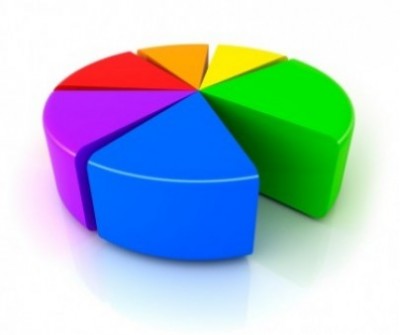Developments in financial markets
Written and accurate as at: Aug 17, 2017 Current Stats & Facts

Australian shares
The S&P ASX200 Accumulation Index fell by -0.015% in July. Resources gained 5.0%, continuing the trend to outperform Industrials which posted a -0.95% loss. Small cap stocks also underperformed their larger counterparts treading water at 0.0% in June as the ASX20 rose 1.1%. Over the past 12 months, the S&P ASX200 has returned 7.3%. Sector performance was extremely skewed with Materials (+3.5%) the best performing sector as commodity prices rose while Healthcare (-7.4%) ended the month significantly lower as the Australian Dollar strengthened, hurting offshore earners as well as some names in Industrials. Other strongly performing sectors were Financials (+1.2%) as APRA was less stringent on capital requirements against expectations and Consumer Staples (+1.1%). The other poorly performing sectors were Telecoms (-4.3%) and Utilities (-5.3%) as markets forecast rising earnings and dividend risk for Telecoms. Best performing stocks in the top 200 were Harvey Norman (+14.4%), Flight Centre (+13.6%) and OZ Minerals (+12.6%). Worst performing stocks were Coca Cola Amatil (-10.7%), Aristocrat (-10.2%) and Fairfax (-10.0%).
International shares
International shares were largely positive with only France and Germany posting negative returns as the MSCI ACWI index returned 1.9%. Tech was once again the best performing sector globally, whilst Materials were the strongest performers in Japan and Europe. The S&P500 increased by 2.1%. A better than expected US reporting season supported shares, despite an end of month wobble as Amazon’s earnings disappointed, with the S&P500 and Nasdaq both hitting new all-time highs during the month. European markets were mixed as France’s CAC fell 0.5% while the German DAX dived by 1.7% as the UK’s FTSE gained 0.9%, the Swiss SMI gained 1.7% and the Italian MIB was the best European market rising 4.6% as the broader MSCI Europe gained 0.6%. Looking to Asia, Hong Kong (+6.6%) was the best performing developed market globally, Singapore rose 3.2% and the Shanghai Composite rose 2.5% as the Japanese Topix gained 0.4%. Similarly we saw Emerging Markets (+5.0%) outperform Developed Markets (+1.9%) to highlight EM’s continued outperformance YTD (+10.8% over ACWI in USD).
Fixed Interest and Cash
Since the sharp rise in November and December last year, US 10-year bond yields have traded in a narrow range of 2.2%- 2.6%. The past month saw US 10-year yields up to 2.29%. Similarly we saw the US yield curve steepen to 94 bps, although in Australia the 10-year government bond yield ended the month 8 bps higher returning to its average from the Nov / March rising yield environment. Global investment grade returned 1.7%, in line with Global High-Yield, which returned 1.7%. Australian credit performed strongly as the iTraxx Australia index tightened 7bps to close at 77.0 after hitting a high of 85.2 during the month.
Property
Despite mixed bond yields, improved perceptions of economic growth saw global real estate post a 2.1% return. Australian property trusts posted weaker returns than their international counterparts and underperformed the broader Australian sharemarket in July slipping -0.2% as Westfield fell 4.4% while Aveo lost 12.6% while other index heavyweights such as VCX (+7.0%) and SCG (+2.0%) helped stem the decline.
Currency and commodities
The Australian dollar gained more than 3c against the US dollar from US$0.7687 to US$0.7971 at month-end. The US dollar weakened against the Yen and Euro, falling 1.5% over the month, now down 4.7% YTD. Commodity prices were broadly higher with only agricultural commodities ending lower. Precious metals gained 1.9%. The standouts were Oil and Iron ore, with Iron ore gaining 11% after a 14% rise in June, and WTI gaining 9% and Brent surging 12%










